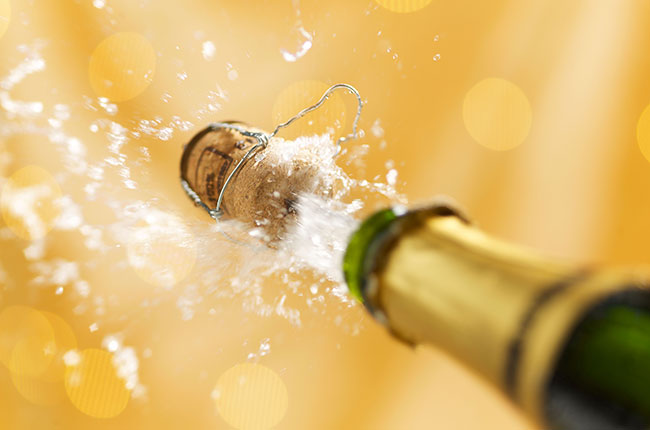Champagne has seen its global growth trajectory dented after fewer people popped corks in the UK following the country's EU referendum, show preliminary figures.
-
Global Champagne sales estimated at 306 million bottles in 2016, versus 312m in 2015
-
Value of orders hits 4.5bn euros, down on 2015 but still second highest on record
-
Lower demand in UK and France blamed for drop
Full story
According to tradition, Vincent Perrin, general director of the Comité Champagne, took the stage at the weekend festival Saint Vincent de l’Archiconférie, to give a first overview of 2016 Champagne sales.
Perrin announced that 306 million bottles of Champagne bottles were shipped in 2016 and the estimated turnover was 4.5 billion euros, versus 4.75bn in 2015. Figures are preliminary at this stage.
While the presumed turnover will be the second largest ever, the total amount of bottles sold is the third lowest sales volume in the last 10 years, after 2009 and 2013.
‘In 2016 we lost three million bottles in France, and the same amount in the UK,’ Perrin said.
The 9% volume drop in the UK was almost entirely due to Brexit, according to Perrin. ‘When we forecasted the sales volume in July, we had no inkling the market would shrink at such a pace.’
Companies who have been selling in euros have been particularly hard hit, it is believed.
Paul-François Vranken, president of Pommery- Vranken, a company which has always sold in euros, said that the unfavourable exchange rate after Brexit translated to 395,000 bottles of lost sales for his company last year.
In the UK, it’s also possible that rising popularity of alternative sparkling wines, such as Prosecco and English sparkling, ate into Champagne volumes.
In France, sales of Champagne have been steadily declining since 2010, but was particularly hard hit last year, mainly due to the ongoing economic crisis and a drop in tourism linked to the terrorist attacks of 2015 and 2016.
Growth in US and Asia
Champagne sales to the USA, Asia and some Northern and Southern European countries have continued to grow and the higher sales price in those markets helped to offset weakness in the UK and France.
Last year, the US became Champagne’s largest export market in value. However, full figures on individual countries were not yet available.
The Champenois remain confident of growth in the coming years.
Production from the 2016 harvest
Total production figure for 2017 is 316 million bottles, of which 264 million comes from the 2016 harvest. At 9,000 kg/ha, the average yield in 2016 was the lowest since 2003. The remaining 52 million bottles will be drawn from the individual reserve system.
Related content:

Biondi Santi sale to Charles Heidsieck Champagne owner took six months
EPI Group buys majority stake in Brunello di Montalcino maker...

Top value supermarket Champagne
Stock up on Champagne without breaking the bank...

How long to chill Champagne for – ask Decanter
Serving Champagne at the right temperature…

Beyond Champagne: French Crémant to try
Try something new this Christmas...





